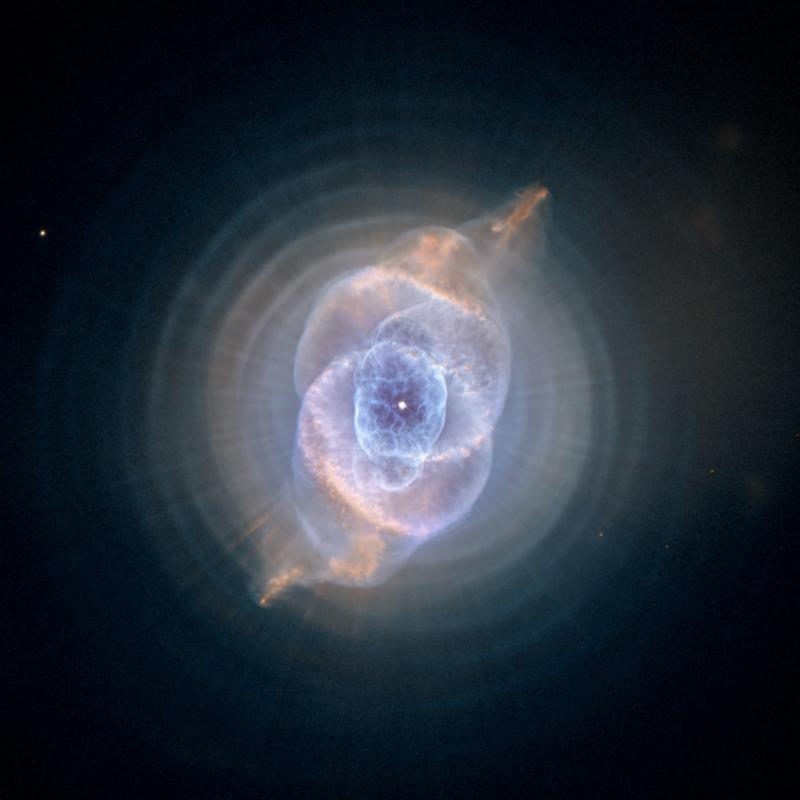Students Discover New and Different Planet
Three undergraduate students from the Netherlands have made a new discovery in our universe without even trying. They discovered a new extrasolar planet, which is a great discovery itself, but to top it off they discovered it using a new technique and found it orbiting a special kind of star.
Students Meta de Hoon, Remco van der Burg, and Francis Vuijsje were given the assigned to develop search algorithms. They did so well on this project that they had time to test their search algorithm on real data. So they set to work investigating light fluctuations in thousands of stars in the so far unexplored OGLE database. The brightness of one of the stars was noticed to decrease by about 1% every two and a half days. The students were then allowed to use the ESO Very Large Telescope in Chile to follow up and confirm that a planet was causing the fluctuations.
The planet was given the name OGLE2-TR-L9b, but the students like to call it ReMeFra-1 after their names. The planet is quite large, weighing in at about five times the mass of Jupiter. To make sure that it was a planet and not a small star o brown dwarf they used spectroscopy to look at the chemical make up of the orbiting body and confirmed it is not a star. The planet is orbiting very close to its star; it lies at only three percent of the Earth-Sun distance giving it an orbital period of only 2.5 days. This discovery is also special because of the type of star. The star, named OGLE-TR-L9 is now the hottest star found to have a planet orbiting it. The star itself also rotates very quickly, which would have made it hard to use the conventional method of planet detection to find this one.
So we can add another extrasolar planet to the growing list. With each new planet discovery we learn so much. We have now expanded the list of possible stars that could have planets, knowing that stars this hot and fast can have planets. This technique may prove quite useful in detecting planets around similar stars. And the part that I think is most exciting is that this was all done by undergraduate students. Undergraduates are usually lucky to get some research experience, maybe a have a paper published with their names below their professor’s, but these students did something extraordinary and they’re getting the credit. It shows that you don’t have to be a stuffy know it all professor who has been researching for many years to be able to contribute.
Tags: discovery, netherlands, planet, telescope, universe
